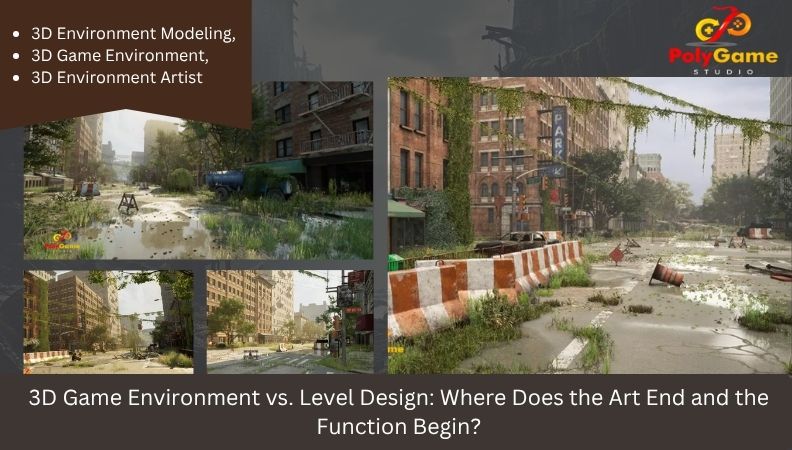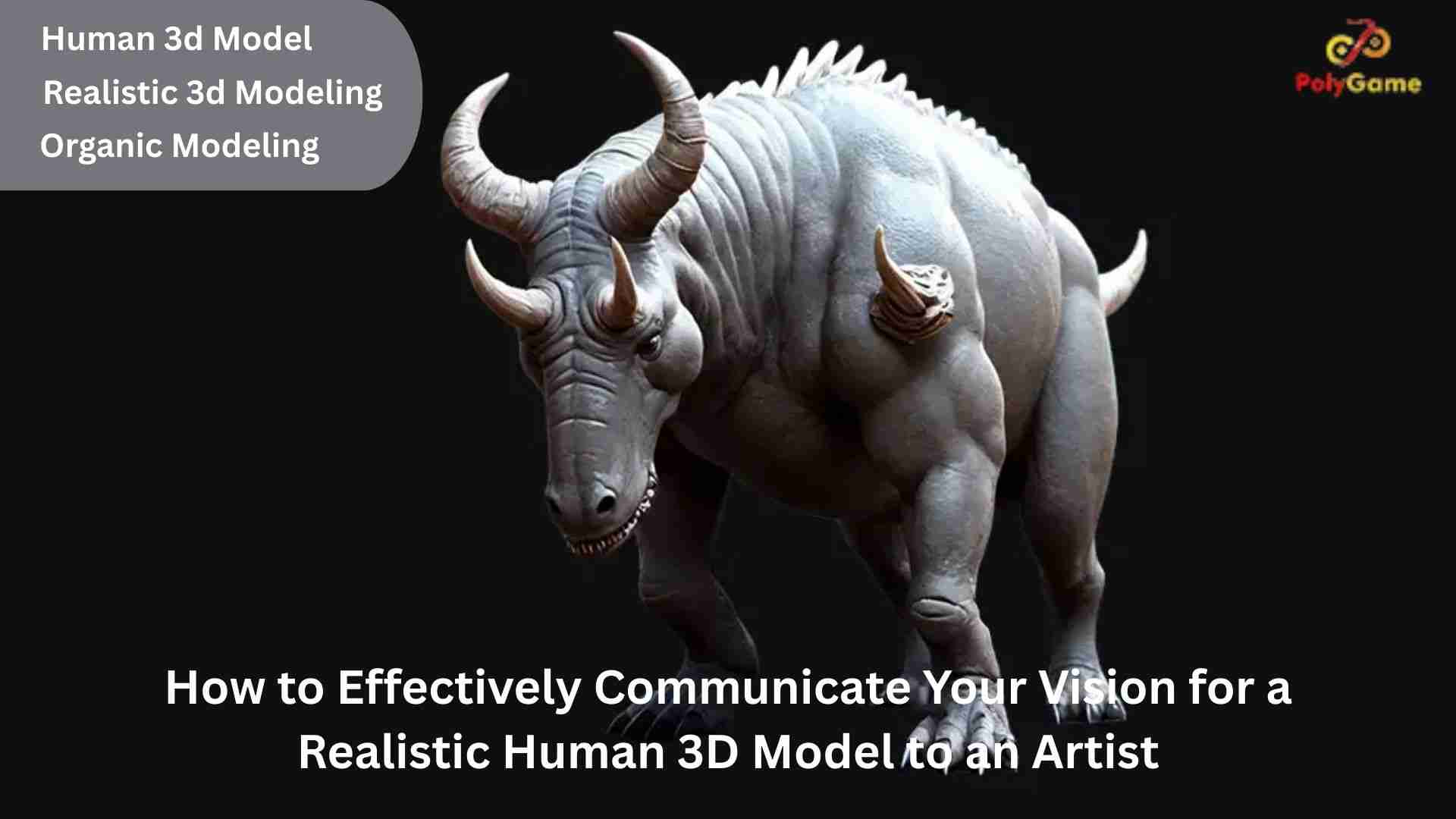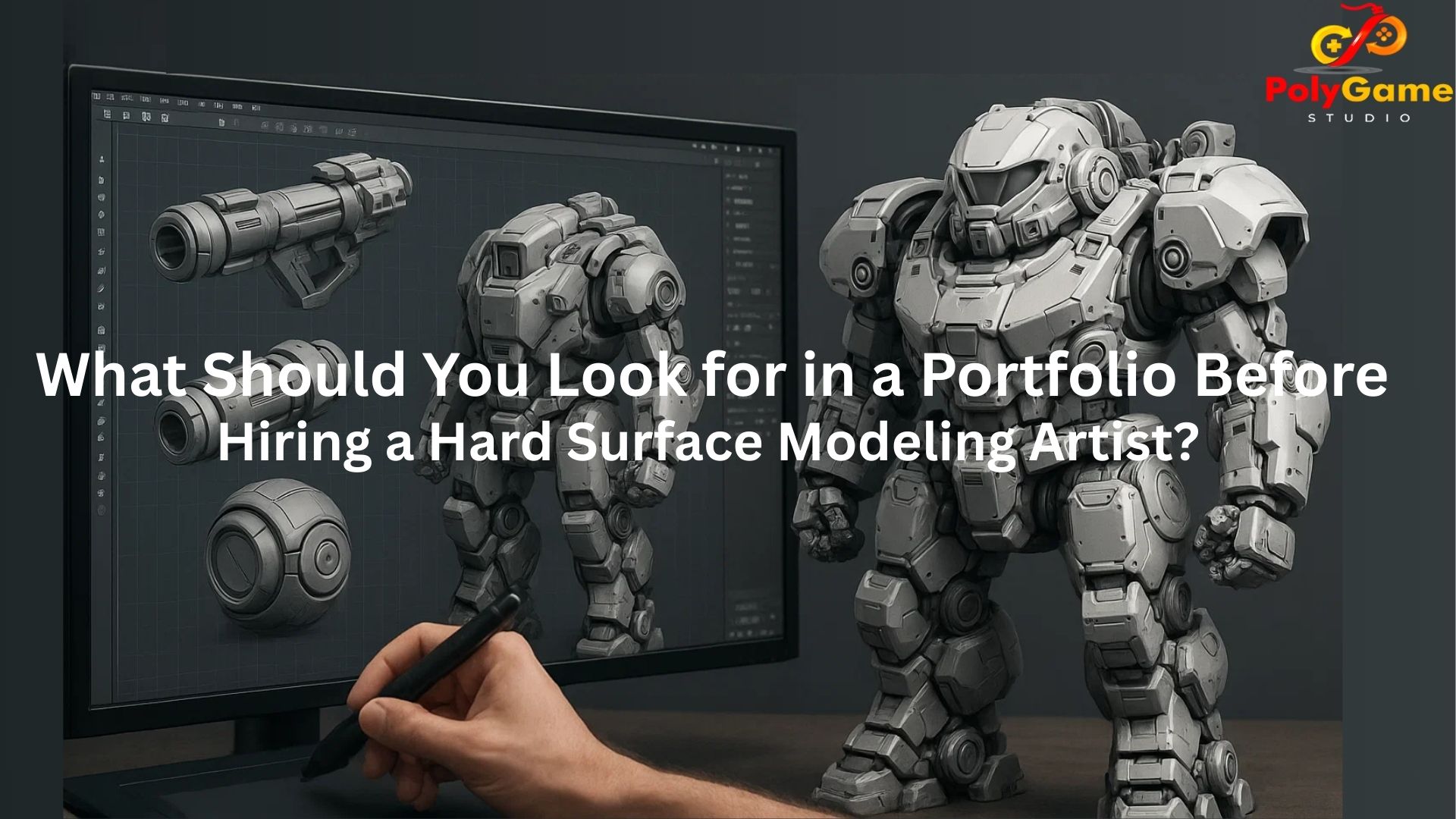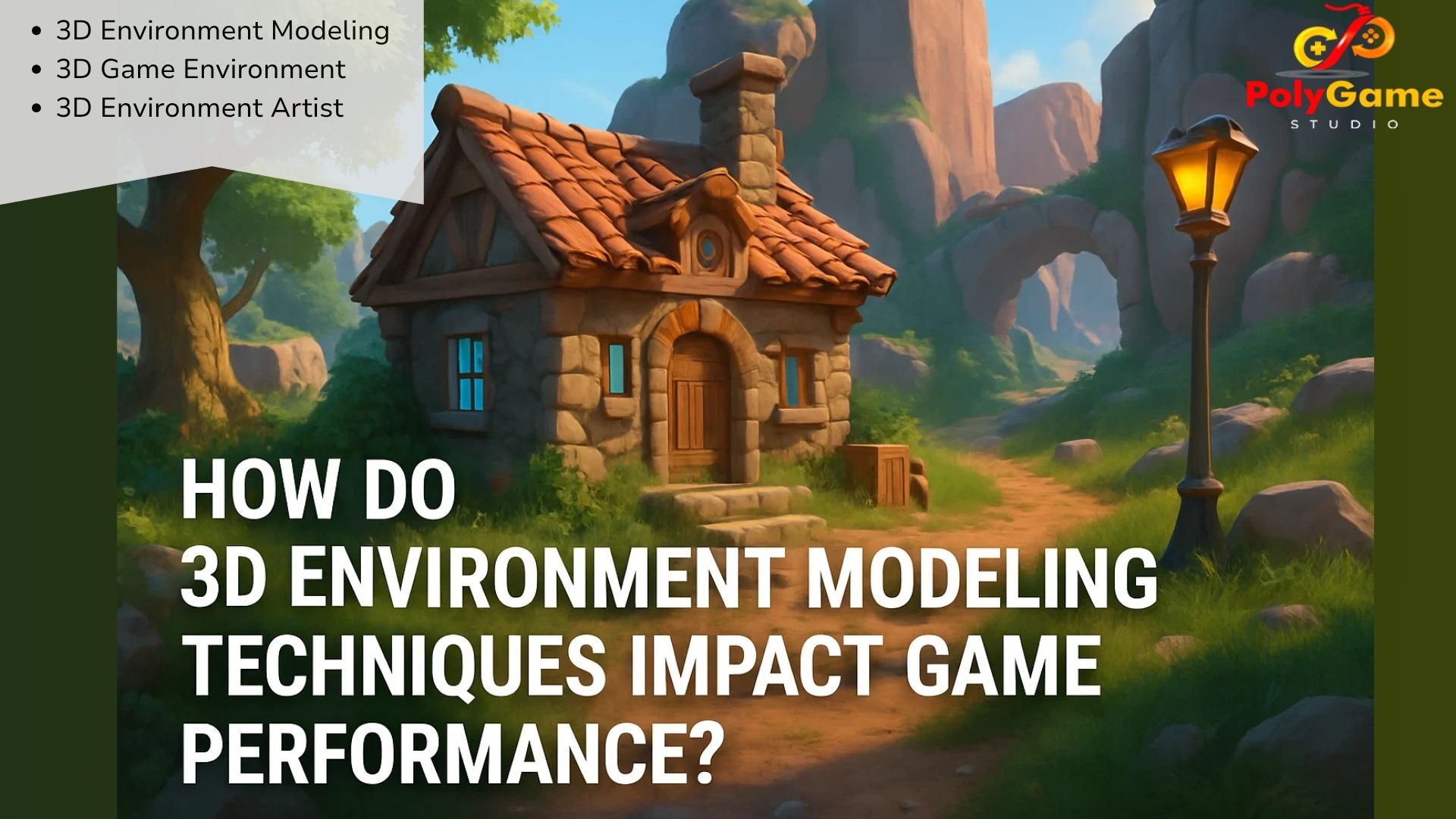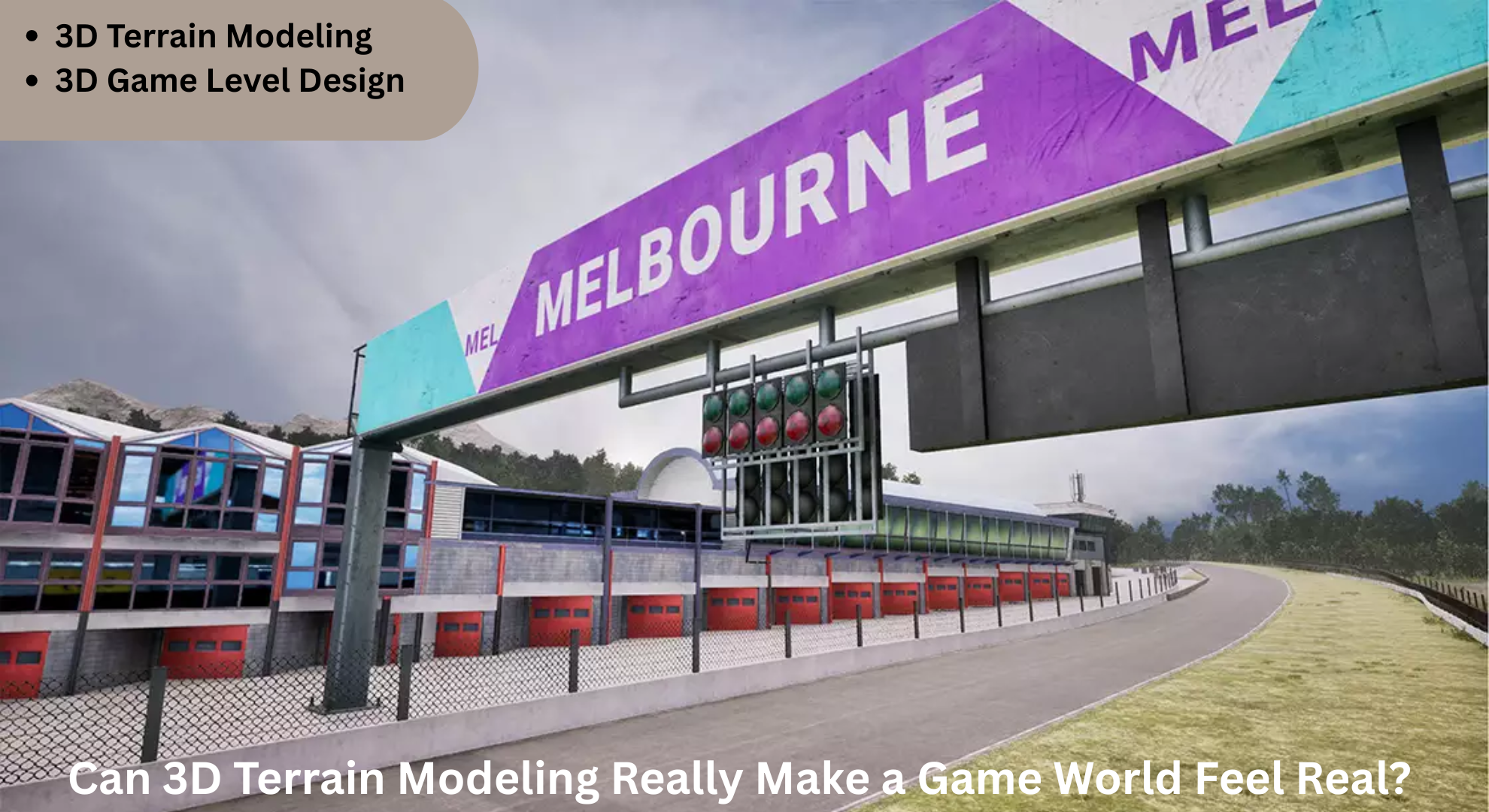3D Game Environment vs. Level Design where Does the Art End and the Function Begin
In the intricate tapestry of game development, two often-intertwined disciplines stand out for their crucial role in shaping player experience: 3D Game Environment creation and Level Design. While seemingly similar, these fields represent distinct yet complementary facets of game production. One might focus on the breathtaking artistry that defines a virtual world, while the other meticulously crafts the player’s journey through it. The question then arises: Where does the art of the 3D game environment end, and the function of Level Design begin? The truth is, they are less about a clean break and more about a continuous, symbiotic dance, where artistic vision constantly informs and is informed by functional necessity.
The Art of the 3D Game Environment: Crafting Worlds
At its core, 3D Game Environment art is about creating the visual landscape in which gameplay unfolds. This involves designing and modeling everything from sprawling cityscapes and ancient ruins to dense forests, desolate alien planets, or vibrant fantasy realms. A 3D environment artist focuses on the aesthetic appeal, atmospheric mood, and visual storytelling of these spaces. Their work encompasses:
- Creating Assets:
Props, buildings, trees, rocks, water and skyboxes.
- Texturing and Shading:
Applying realistic or stylized materials to give objects their visual properties and feel.
- Using Light:
To create mood, direct attention, and enhance realistic visuals through shadows.
- Atmospherics:
Using fog, particle effects, and post-processing to create a sense of depth, weather, or supernatural presence.
- Visual Storytelling:
Infusing details into the 3D environment modeling that hint at the world’s history, culture, or recent events without direct exposition.
The goal here is immersion. A well- designed 3D game environment establishes tone, conveys scale, and can even subtly guide the player’s emotions.
The Function of Level Design: Orchestrating Experience
A Level Designer focus is on:
- Player Progression:
Defining paths, choke points, safe zones, and areas of interest.
- Gameplay Mechanics Integration:
Ensuring that core game mechanics (e.g., combat, puzzles, platforming, exploration) are effectively showcased and challenged.
- Pacing and Flow:
Controlling the rhythm of the game, alternating between intense action, quiet exploration, and narrative beats.
- Objective Placement:
Strategically positioning goals, collectibles, and interactive elements.
- Problem Solving:
Identifying and rectifying potential gameplay issues like bottlenecks, unfair challenges, or confusing navigation.
Unlike 3D Environment Modeling, Level Design is about intentionality. Every space, every encounter, and every objective is placed with a specific purpose to create a compelling and satisfying gameplay loop. It’s less about what the world looks like and more about how it plays.
The Overlap and Synergy: Where Art and Function Converge
A beautiful 3D game environment without solid level design is merely a pretty picture; a functional level without engaging visuals can feel bland and uninspired.
- Art Informs Function:
The visual style of a 3D Game Environment can suggest gameplay opportunities. A dilapidated building might imply a crumbling platforming challenge, while a glowing cave entrance beckons exploration. The environment’s mood can enhance the emotional impact of a gameplay moment – a dark, oppressive setting for a horror encounter, or a sprawling, vibrant world for an open-ended adventure.
- Function Informs Art:
Level design requirements often dictate the visual elements of the environment. Combat arenas need specific cover points, lines of sight, and spatial dimensions. Navigation often relies on environmental cues – a path lit by torches, a unique texture leading to a secret area, or a subtly placed visual marker guiding the player forward. The need for seamless player movement informs how assets are placed and collisions are defined.
A Level Designer might create a rough “blockout” of a level using simple geometric shapes to test gameplay flow. Then, a 3D environment artist breathes life into that blockout, transforming abstract boxes into detailed architecture and natural landscapes, ensuring that the aesthetic choices support the gameplay intentions. This constant back-and-forth is crucial for a coherent final product.
PolyGame Studio: Bridging the Art-Function Divide
At PolyGame Studio, we recognize that true mastery in game development lies in seamlessly integrating artistic vision with functional design. We don’t see 3D Game Environment creation and Level Design as separate silos, but as two sides of the same coin, each enriching the other. Our team of dedicated artists and designers works collaboratively for 3D environment modeling to ensure that every pixel serves a purpose, and every gameplay beat is visually compelling.
Whether you need breathtaking vistas for your next open-world title or meticulously crafted arenas for intense multiplayer action, our 3D Game Environment specialists are equipped to bring your world to life with stunning detail and optimized performance. We pride ourselves on creating immersive spaces that not only look incredible but also enhance core gameplay.
Conclusion: A Symbiotic Relationship for Success
Ultimately, the question of where the art of the 3D game environment ends and the function of Level Design begins isn’t about a hard line. Instead, it’s about understanding their symbiotic relationship. The art provides the canvas and the atmosphere, while the function defines the brushstrokes and guides the player’s eye. A successful game environment is one where the visual beauty serves the gameplay, and the gameplay naturally emerges from the aesthetic design.
By integrating these disciplines from conception to execution, game developers can create truly immersive and engaging experiences. It’s this holistic approach that defines excellence in game creation, ensuring that players not only see a beautiful world but also feel its depth and purpose as they navigate its challenges.



